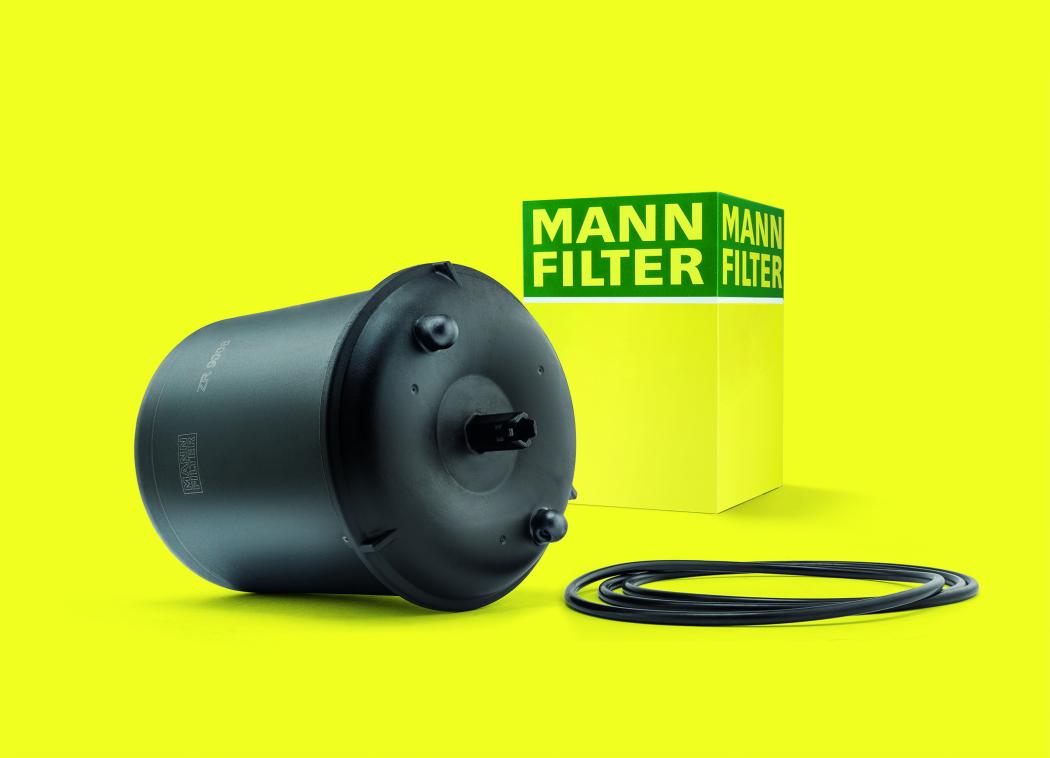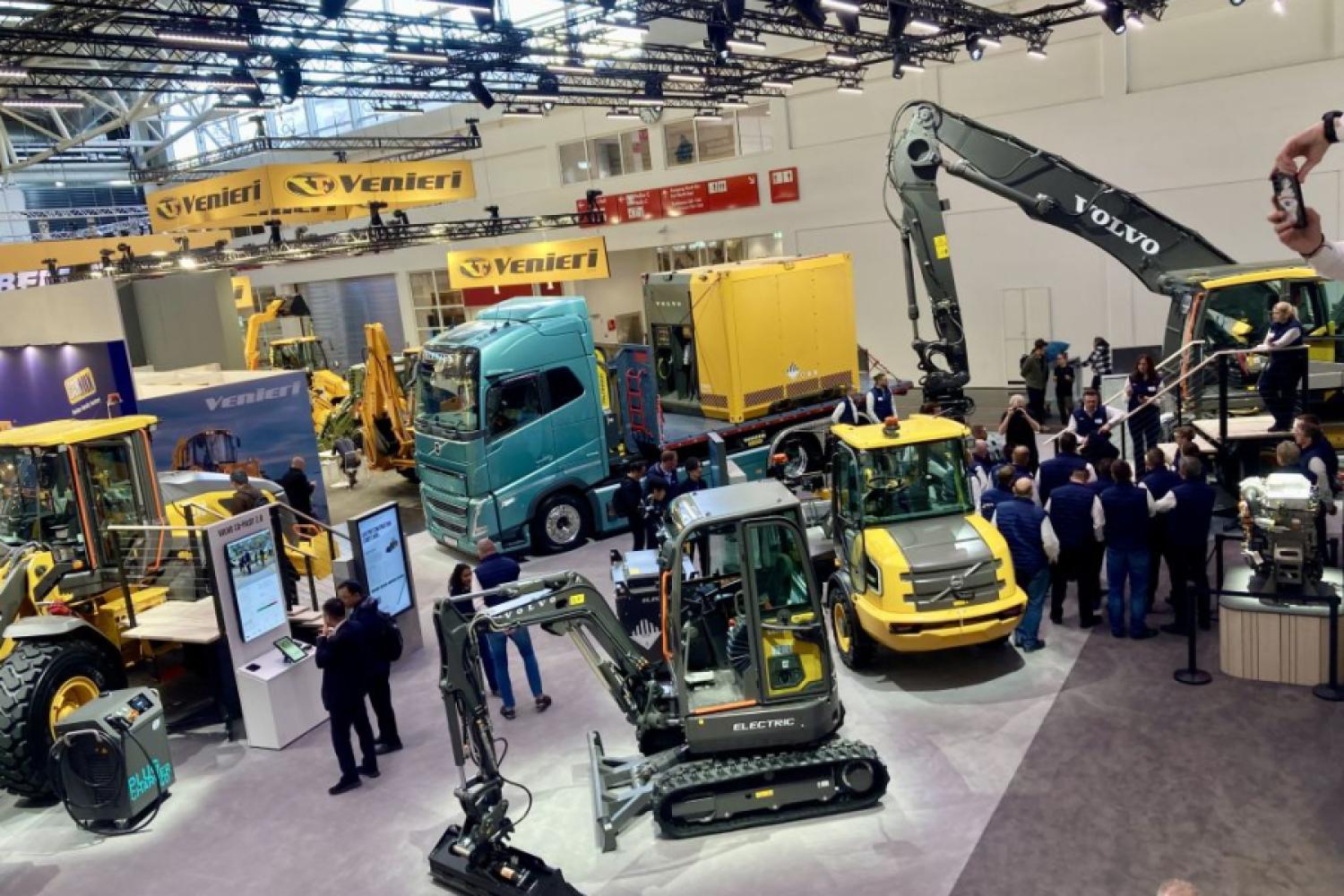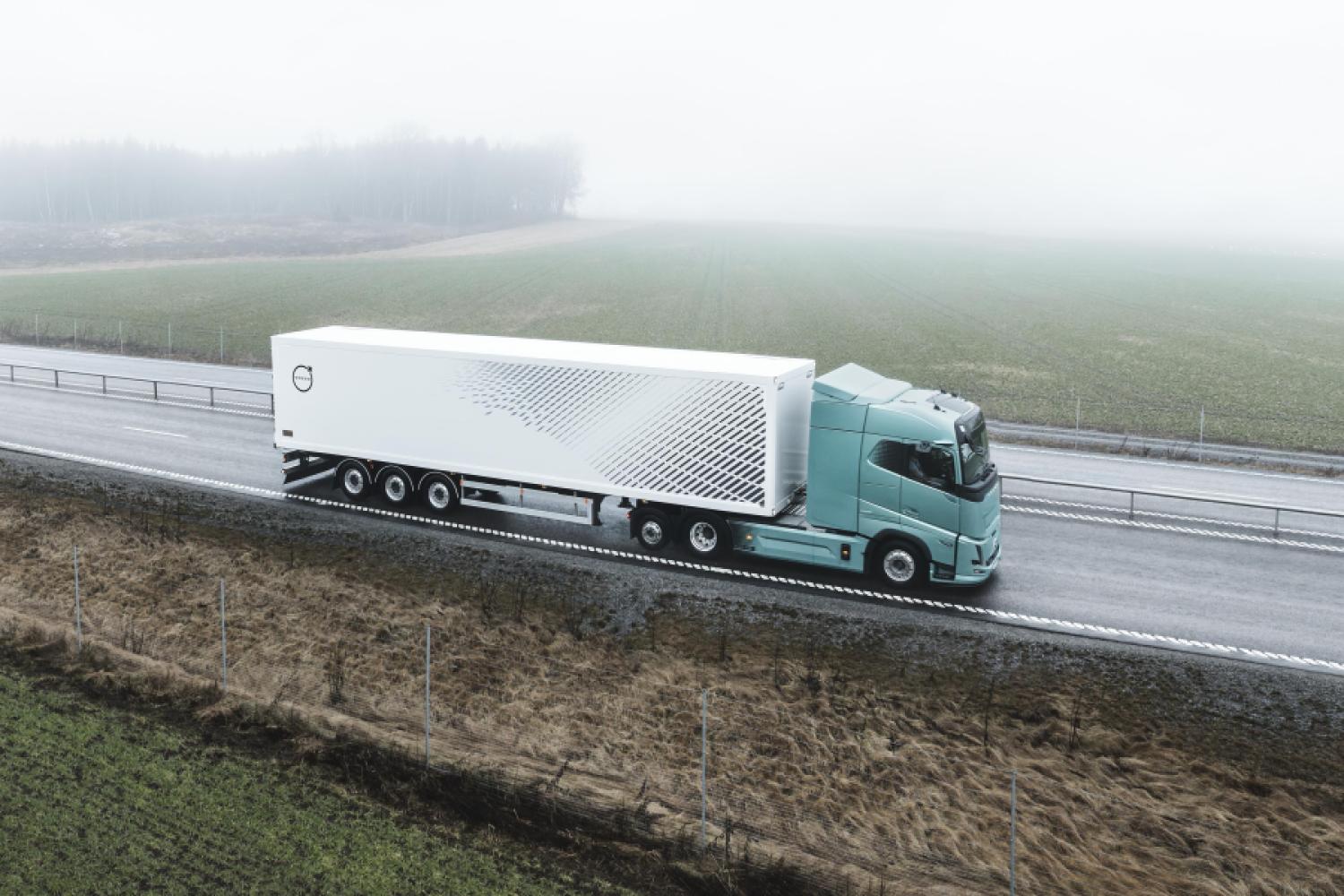Oil filters are intended to ensure smooth operation by removing dirt particles from the oil circuit and extending the lifespan of engines. For trucks, oil centrifuges also combat engine wear by using high pressure and rotational force to extract even finer dirt particles from the lubricant. When the drive system is kept in good condition in this way, maintenance intervals are also reduced – ultimately supporting a more economical operation and ensuring that the increasingly stringent emission regulations for commercial vehicle diesel engines can be met with greater efficiency. The Ludwigsburg specialist for automotive and industrial filtration, Mann+Hummel, has now launched a new centrifuge rotor under its premium brand Mann-Filter that is adapted to precisely these increasing requirements for diesel engines – and is also said to be particularly easy to replace and dispose of. The plastic-manufactured ZR 9008 z is now available in the aftermarket for the Scania G and P series models.
According to a press release, the new development was specifically based on the new emission regulations. The report states:
“With the worldwide tightening of emission regulations for diesel engines in commercial vehicles, the demands on the efficiency of oil filtration also increase. The newly developed rotor is
designed to meet these requirements.”
According to the manufacturer, the component is intended to ensure more effective particle separation and simplify maintenance. Proof of the component's usability is the use of the new rotor in series production by a renowned commercial vehicle manufacturer.
More pressure – more efficiency
The supplier writes about the functionality, stating that the centrifuge rotor, set in motion by the high oil pressure, can reach speeds of up to 11,000 revolutions per minute. “This generates centrifugal forces of more than 2,000 times gravity” – an energy that presses impurities accumulated in the oil, such as particles from the intake air, metallic dirt particles from engine abrasion, and combustion soot, against the inner wall of the oil centrifuge.
“Since these particles have a higher density than the oil, they are separated from the liquid and deposited at the edge of the centrifuge,” writes Mann+Hummel. The amount of centrifuged particles increases with the rotation speed. These deposits are then found as a solid “dirt cake” layered on the rotor's inner wall. The cleaned oil, on the other hand, flows back into the oil pan.
Open vs closed system replaced
In the new development, a new concept was introduced to
significantly simplify the exchange compared to the previous procedure. Daniela Knodel, Product Portfolio Manager at Mann+Hummel:
“During inspection, the entire Mann-Filter rotor ZR 9008 z is replaced. This makes the service much easier and ensures significantly more cleanliness.”
Why? Because the new component is a closed system: that means the used unit is simply removed and a new one installed. The workload is thus significantly reduced. Knodel:
“By comparison, the previous model had an openable system with a paper band that had to be removed during maintenance along with the adhering contaminants. It's easy to imagine that this was anything but clean.”
According to the provider, this concept ultimately leads to significantly longer oil change intervals. However, the rotor must also be regularly replaced “to maintain the full performance of the centrifuge and reduce wear on critical engine components.” In doing so, the manufacturer’s specified replacement intervals are followed.
According to the provider, the oil centrifuge with a plastic rotor is fully incinerable and can therefore be easily disposed of.
Mann+Hummel is among the world's leading automotive suppliers and develops filtration solutions for a multitude of applications across a wide range of industries: besides the automotive and agricultural industries, products are
also produced for the aerospace, commercial buildings, as well as data centers, the food and health industries. The filtration solutions of this family business, founded in 1941, are also found in wind turbines, nuclear power plants, and utility companies – around the world. Another field of work is water treatment, while in households, Mann+Hummel filtration products contribute to the reduction of odors, noise, and air pollutants.
The automotive sector alone includes a portfolio of various filters for the entire drive system of passenger cars and commercial vehicles, but also includes cabin air and brake dust particle filters. Under the brand Mann-Filter, the original equipment manufacturer has been offering products for the independent aftermarket in OE quality for over 70 years – for now over 300,000 applications. The company began with filtration products for the automotive industry, and later the industrial filtration business was continuously expanded. Today, the company and its numerous subsidiaries are located at around 80 sites across six continents. For the 2024 financial year, the Baden-Württemberg-based group reports a workforce that has decreased by nearly 800 compared to the previous year, totaling 21,224, and a turnover of 4.5 billion euros, which is about 200 million euros lower than in






